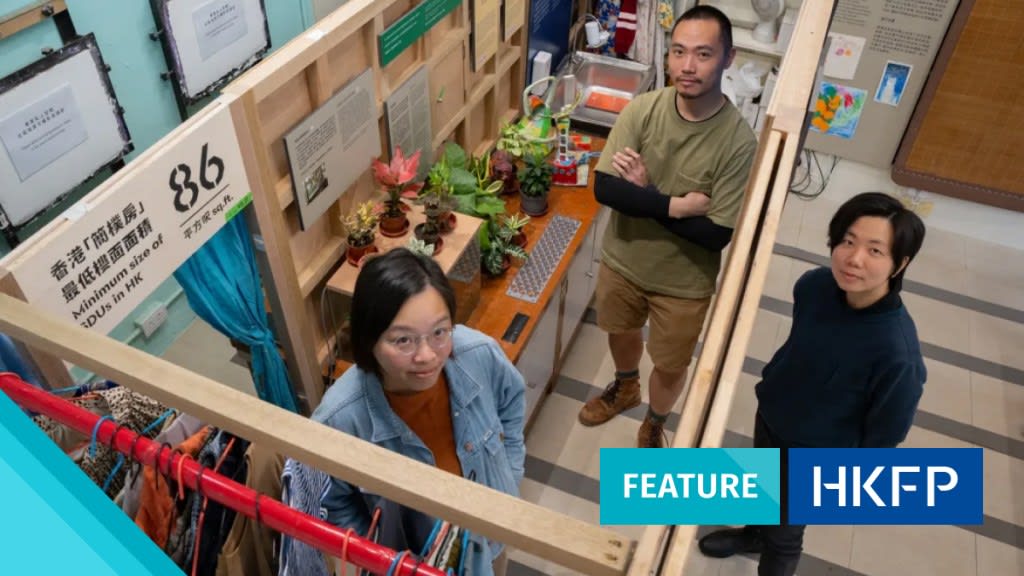
According to sociologist Ruby Lai, Hong Kong's notorious subdivided flats are more complex than they are commonly understood to be.
These partitioned units, with a median floor area of 118.4 square feet (11 square metres), house over 200,000 Hong Kong residents who are unable to afford larger flats but narrowly missed the housing eligibility requirements or are patiently waiting in line for public housing.
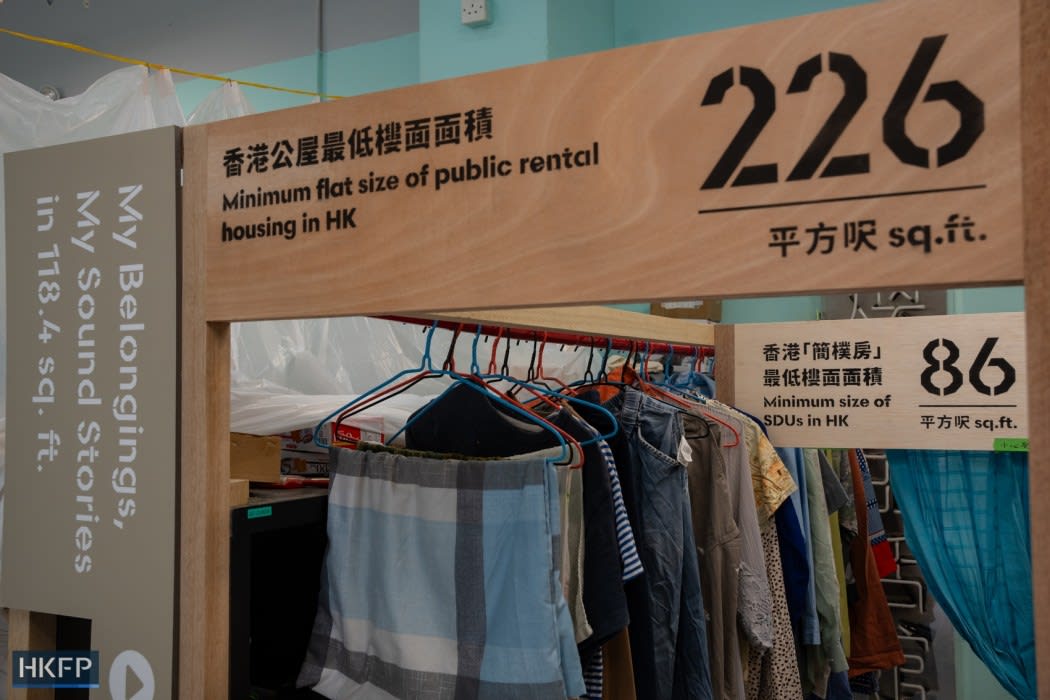
Many media portrayals depict subdivided flats in a negative light, describing them as unhygienic and unsuitable for raising children.
Believing there is more to the story, Lai – an assistant professor at the Department of Sociology at Lingnan University – decided to investigate how residents live in these spaces.
Lai and her research collaborators spent two years conducting extensive fieldwork in Kwai Chung, Tai Kok Tsui and Kwun Tong. Their research results were subsequently converted into an art exhibition in one of the local districts.
During fieldwork, Lai and other researchers spent time with 60 families living in subdivided units, engaging in interviews, documenting their daily routines, and recording audio recordings that captured sounds like a resident's heartbeat or the noises created within an industrial building.
Lai inquired with the residents about two key aspects: What objects are indispensable for daily life in a subdivided unit? What personal item do you frequently take along with you during your frequent relocations between various flats?
The responses they gave her differed: a toothpick, a dictionary, a ceramic container holding the remains of a cherished pet, and children's drawings.
A boy said his favorite corner was the upper bunk of his bunk bed, carefully decorated with cherished toys and books placed on a wooden platform constructed by his godfather.
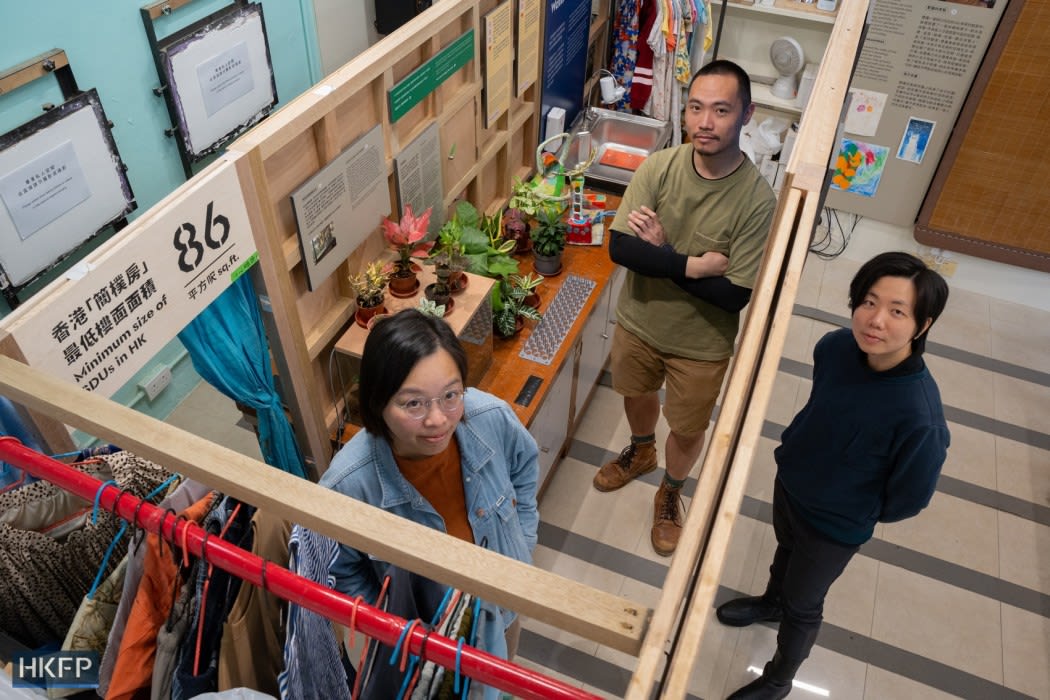
The sociologist was particularly impressed by how mothers made the most of the limited space of their small flats. For instance, a mother of two toddlers put a mattress on the floor of their subdivided flat and transformed it into a multi-purpose space for sleeping, eating meals, and playing.
The sociologist noted that these intangible, obscure, and seemingly mundane aspects are frequently ignored in the discussion about Hong Kong's deeply ingrained housing issues.
Her study also found that tenants of subdivided housing came from a wide range of backgrounds, encompassing individuals, families with children, and residents from both working-class and middle-class environments.
“There is an assumption that only the low-income people live in subdivided flats, but housing insecurity and unaffordable housing are challenges that many people face.”
From proliferation to regulation
Since 2000, subdivided units, bedspace, and "coffin home" apartments have gradually become more common in Hong Kong due to a shortage of land, a high demand, and increasingly unaffordable housing.
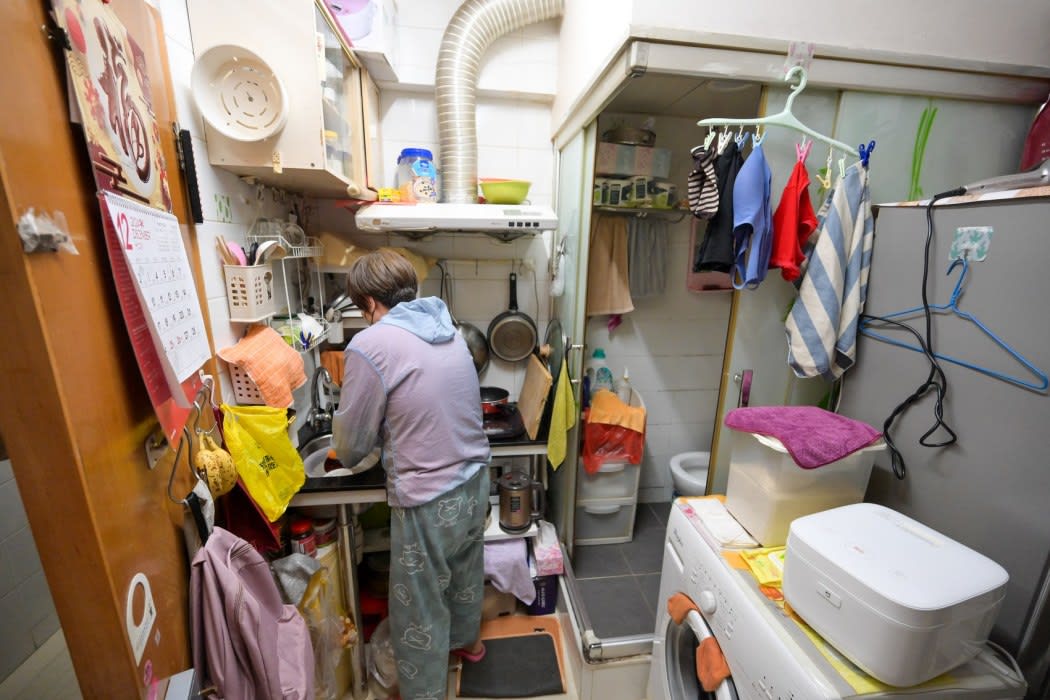
According to official data, the Society for Community Organization (SoCO), a local non-governmental organization serving low-income residents, estimates that almost 250,000 people reside in these cramped units.
To be defined, legalized, and regulated.
.
The government's policy will have a significant influence on the lives of residents, stated Lai. “When subdivided units can potentially be as small as 8 square meters, it directly influences the way a space is organised, set up, how many items can be stored in a flat, the divisions and safety regulations.”
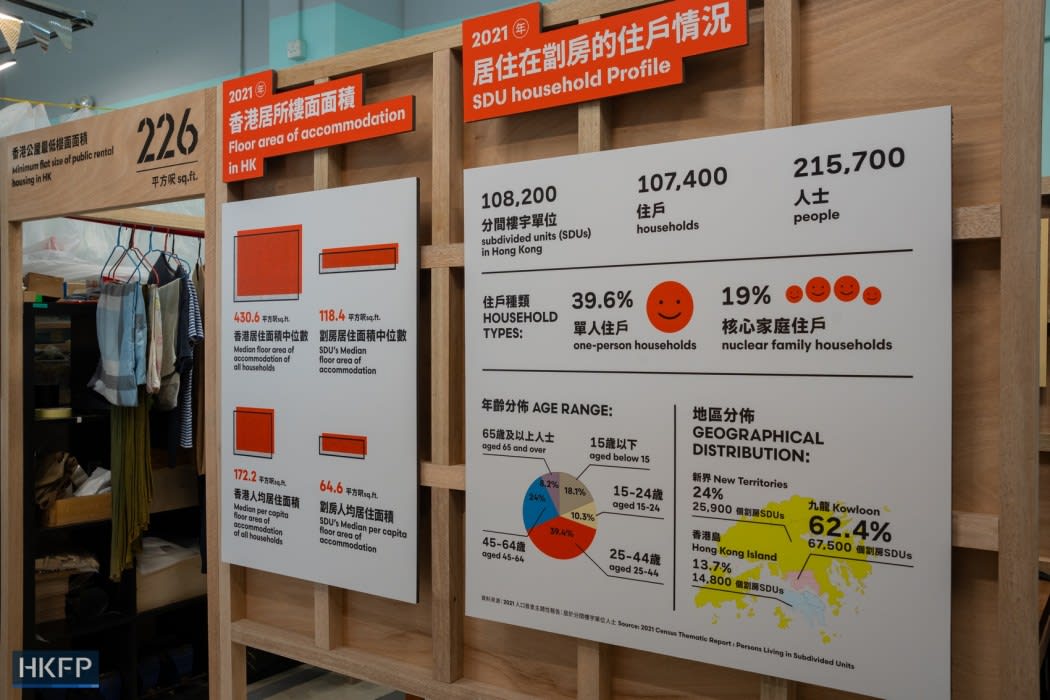
She acknowledges that subdivided units often have cramped living spaces. Yet, with Hong Kong's housing policy under review, she emphasizes the need to consider how residents creatively turn these "highly-constrained, precarious" units into resilient, functional, and habitable homes for themselves and their loved ones.
Collaborative exhibition
Lai has turned her research findings into an exhibition called “Listening to the Stories of 118.4 Square Feet,” currently open for the public in Kwai Chung.
The academic collaborated with artists Miu Law and Victor Sham to create an inter-disciplinary exhibition that showcased the true-life stories of individuals residing in subdivided apartments.
The creative art project encompasses not only the residents Lai interviewed, but also social workers and occupants of subdivided units in the neighborhood.
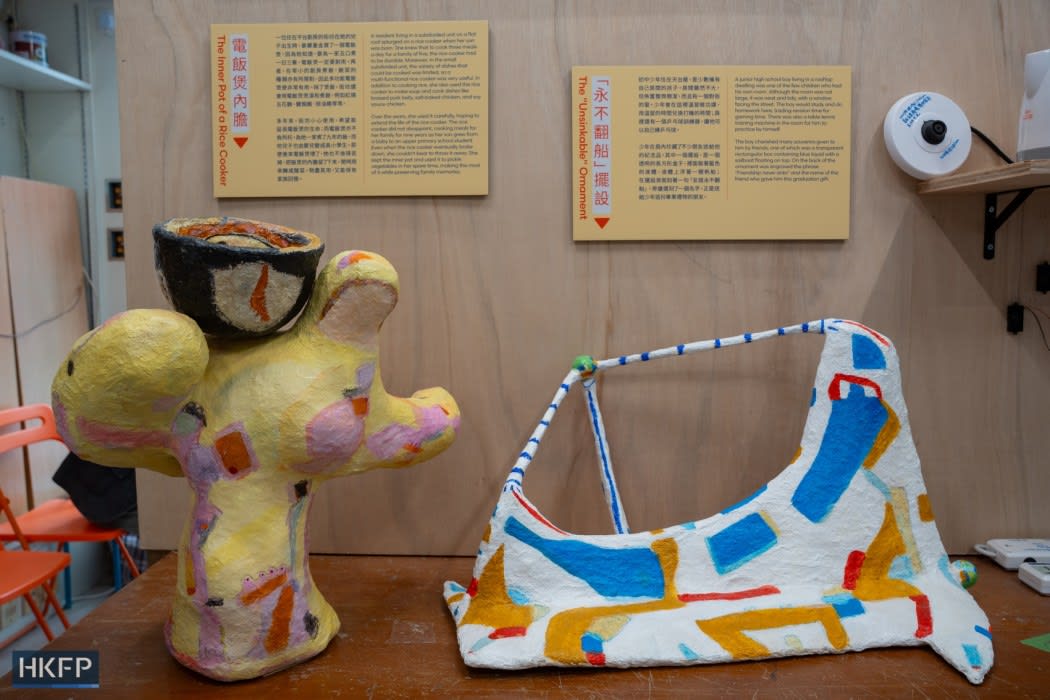
Lai described the experiment as "playful, fun, and meaningful."
The exhibition showcases re-creations of everyday items and furniture, replicating a subdivided flat to give people a glimpse into how inhabitants make a home in a small, seemingly uninhabitable space.
One tenant, Mandy Lau, a 36-year-old mother of two, lends one of her most cherished possessions, a wooden apple-shaped tooth box, to the display. She keeps her eldest daughter's baby teeth in the box as a keepsake – a tradition learned from her own mother.
The exhibition also offers four audio-guided tours, allowing visitors to hear the stories of four residents in Kwai Chung.
The project's designer, Sham, played a significant role in curating the immersive sound presentations. To do so, she strategically embedded movement sensors into various hidden areas of the space. These sensors allow visitors to engage with the exhibits in an intuitive manner - for instance, by leaning into a sink to elicit a pre-recorded conversation with a former tenant, or by using a stethoscope to listen to the heartbeats of those who once occupied the dwellings.

For Law, the exhibition has the potential to establish a new experience with tenants.
For instance, they may have considered something stashed away in a drawer something they were hesitant to discard, Law said. However, when they see the same item in a display, they may perceive it as "an artwork that embodies the soul of their existence."
Desiring to capitalize on the unique, everyday observations garnered during fieldwork, Lai approached Hong Kong's housing issue through an artistic lens, thereby preventing otherwise insignificant findings from being overlooked.
“Art and broader community engagement could emerge in an organic way as a natural byproduct of academic research, serving as one potential impact of scholarly work.”
Social Perception of Living in Subdivided Housing
She also wishes the exhibition can confront the stereotypes and prejudices that exist regarding people who live in subdivided units.
“There's a popular saying on local online forums, LIHKG. It advises people, 'Don't have children if you live in subdivided flats.' However, the tenants we spoke to first had their children, then moved into the subdivided flats," Lai stated.
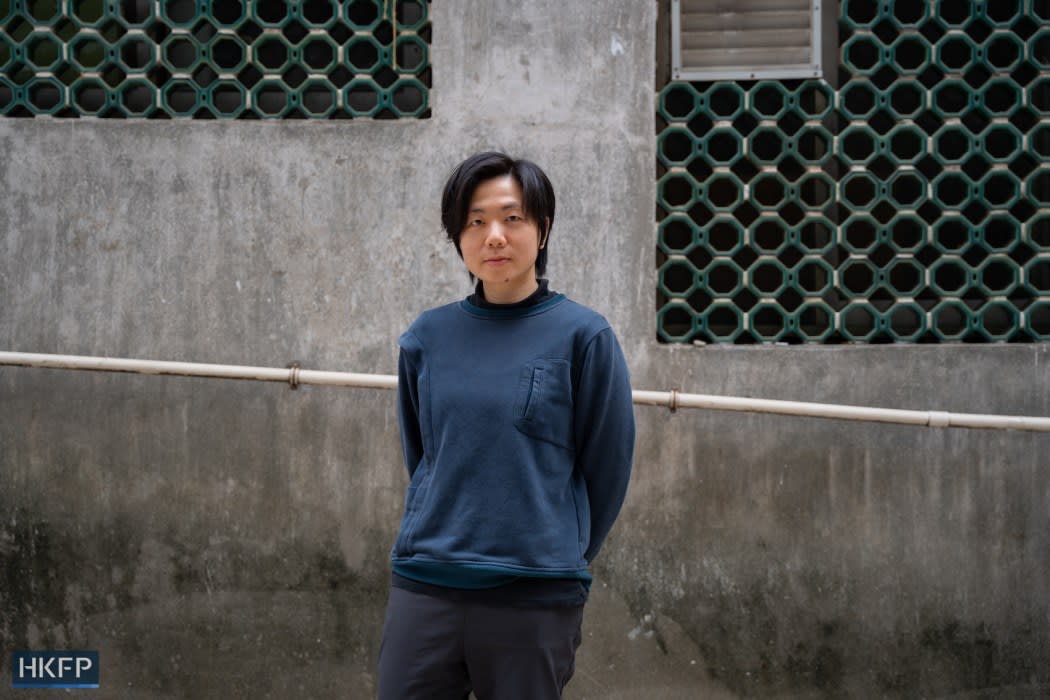
Lau is one of them. She moved into a subdivided flat in Kwai Chung four years after giving birth to her first child. She currently resides in a 130-square-foot accommodation with her construction worker husband and two daughters, aged 8 and 2.
Lau spoke about how a negative connotation is associated with children living in subdivided flats, with some people unfairly stereotyping them as "poor" or "rough".
“According to Lau, a child's personality is shaped by the family, rather than by where they reside. While more space for children is certainly beneficial, what matters most is that the child feels content living with their family.”
As the proposed new law will soon turn subdivided units into separate entities, Lau believes that the regulations may be useful to renters whose flats lack windows, and the suggestion to include an independent kitchen could effectively prevent landlords from transforming a "so-called kitchen" into a mere electric stove, which is unsuitable for cooking.
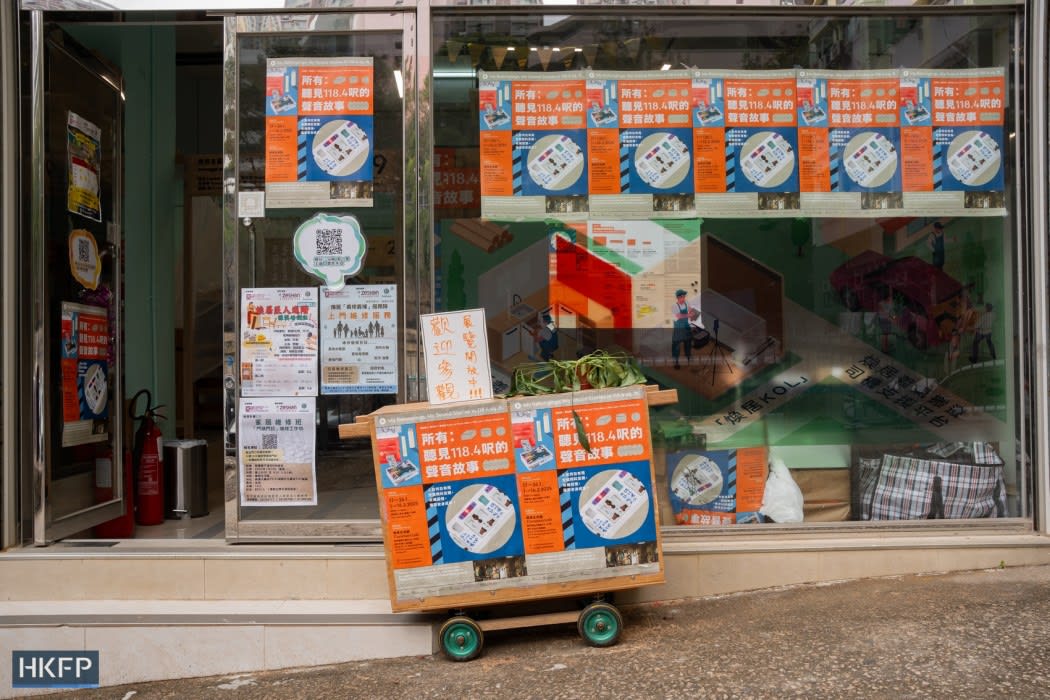
However, Lau fears that the impending legislation could lead to landlords dividing larger subdivided units into smaller ones, which could be as small as 80 square feet, the proposed law's minimum size, or prompt them to raise their rent or utility costs.
"With existing financial constraints combined with rental subsidies no longer being provided, it is going to be even more challenging," Lau stated.
.
.
.
.
Support independent journalism by becoming a HKFP member.

